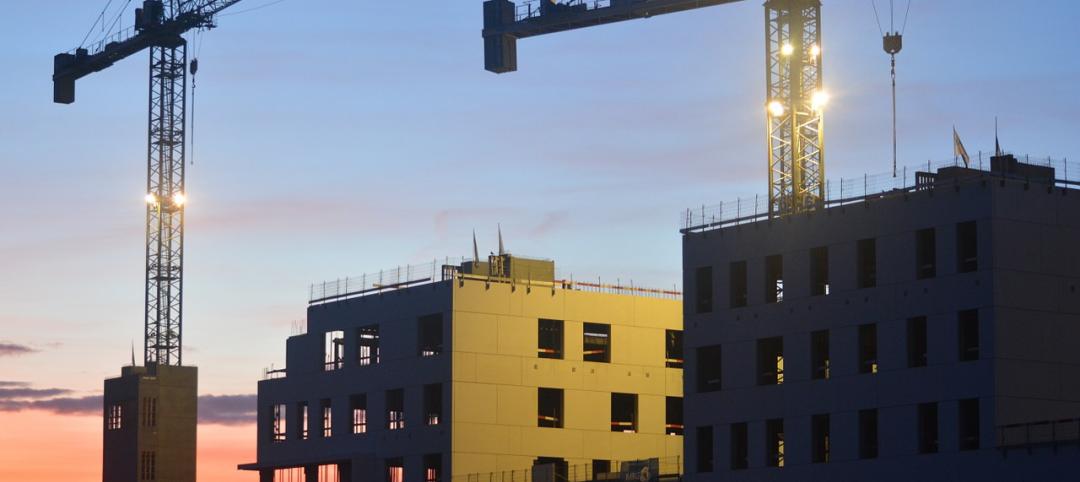During the 10 years between 2006 and 2016, almost a quarter of the 100 largest cities in the United States shifted from owner- to renter-majority. In total, rentership growth outpaced homeownership in 97 of the 100 largest (by population) cities. 22 cities total made the shift, including key markets like Chicago, San Diego, Detroit, Austin, and Sacramento. The addition of these 22 cities now puts the total number of renter-dominated cities at 42, according to RENTCafé.
Gilbert, Ariz., saw the highest increase in renter share at 53.4%. Plano, Texas (40.0%), St. Petersburg, Fla. (39.4%), North Las Vegas, Nev. (38.5%), and Toledo Ohio (31.3%) round out the top five.
Newark, N.J., and Jersey City, N.J. place first and second as the markets with the highest proportion of renters at 74.3% and 70.4% respectively. Miami (68%), New York (65.1%), Boston (63.7%), and Orlando (62.7%) followed the two New Jersey cities.
For the full RENTCafé report, click here.
Related Stories
Market Data | Feb 10, 2016
Nonresidential building starts and spending should see solid gains in 2016: Gilbane report
But finding skilled workers continues to be a problem and could inflate a project's costs.
Market Data | Feb 9, 2016
Cushman & Wakefield is bullish on U.S. economy and its property markets
Sees positive signs for construction and investment growth in warehouses, offices, and retail
Market Data | Feb 5, 2016
CMD/Oxford forecast: Nonresidential building growth will recover modestly in 2016
Increased government spending on infrastructure projects should help.
Market Data | Feb 4, 2016
Mortenson: Nonresidential construction costs expected to increase in six major metros
The Construction Cost Index, from Mortenson Construction, indicated rises between 3 and 4% on average.
Contractors | Feb 1, 2016
ABC: Tepid GDP growth a sign construction spending may sputter
Though the economy did not have a strong ending to 2015, the data does not suggest that nonresidential construction spending is set to decline.
Data Centers | Jan 28, 2016
Top 10 markets for data center construction
JLL’s latest outlook foresees a maturation in certain metros.
Market Data | Jan 20, 2016
Nonresidential building starts sag in 2015
CDM Research finds only a few positive signs among the leading sectors.
Market Data | Jan 20, 2016
Architecture Billings Index ends year on positive note
While volatility persists, architecture firms reported healthy performance for 2015.
Market Data | Jan 15, 2016
ABC: Construction material prices continue free fall in December
In December, construction material prices fell for the sixth consecutive month. Prices have declined 7.2% since peaking in August 2014.
Market Data | Jan 13, 2016
Morgan Stanley bucks gloom and doom, thinks U.S. economy has legs through 2020
Strong job growth and dwindling consumer debt give rise to hope.















